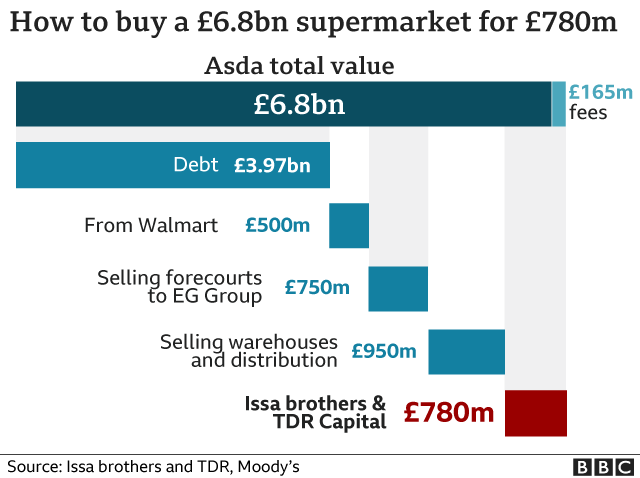The New Rules for Night Owl Workers
WSJ said:Christopher Gang was hired in April 2020 as a software engineer at a health-care tech startup called Cured. Since college, he has done his best work late at night. In his new, fully remote role, with no office commute, he embraced this fact for the first time in his professional life.
“My sweet spot is 2 or 3 in the morning, but if I get into a flow state, I’ll just let myself stay up until 6 or 7 a.m.,” says the 24-year-old, who lives in Dallas. But he kept his night-owlishness to himself for about three months. “Even if I was working late, I wouldn’t communicate that per se,” he says. He believes a stigma exists against late risers that can affect their professional standing. “But once I gained the trust of my manager, I was allowed to be more flexible.” Now he openly burns the midnight oil and doesn’t worry if his colleagues know.
In our age of remote work, many jobs have never been so untethered from the 9-to-5 paradigm. And a lot of night owls, who do their best work later in the day, are thriving.
But it’s not quite a 24/7 free-for all. Many newly liberated late workers like Mr. Gang are navigating how to balance their habits with bosses and colleagues who work on more traditional daytime schedules. They’re also trying to avoid burnout themselves.
Being a night owl isn’t just a personal preference. People really have different chronotypes, or tendencies to be more wakeful at certain stretches of the day, based on their bodies’ circadian rhythms. A 2020 study of 8,395 Chinese people found that about 17% of them exhibited “evening” chronotypes, and 11% exhibited “morning” ones. Other studies from the U.S., Saudi Arabia, and the Czech Republic reveal a similar skew of more night owls than morning larks in any given population.
The past year of pandemic-induced lockdowns and stay-at-home orders around the world has created a “real-life experiment that’s amazing to observe,” says Elise Facer-Childs, a sleep researcher at Monash University in Melbourne, Australia. “In general, what we’ve been seeing is that, when people are given more flexibility,
they shift their schedules a little bit later,” she says. She says a lot of her work entails raising awareness about chronotype differences, to which traditional office schedules can sometimes be hostile. Many once-suffering workers say that the past year has been a relief. Megan Ingram, a digital strategist in Washington, D.C., and lifelong night owl, says that late-night strategy sessions last summer gave her the courage to launch her own consulting firm in September. “Days can be hectic with meetings, so I do a lot of creative heavy lifting at night,” she says. “After I spent a few late nights writing a business plan, the dominoes fell from there.”
Many other pandemic-era night owls are parents, especially those of young children, who appreciate the ability to work late in the age of remote schooling and diminished day care.
“I had a daughter right before the pandemic started, so my night-owl tendencies came in handy to take some of the load off my partner,” says Jeffrey Baker, a voice actor and animator in Kennesaw, Ga., who started working remotely in March. He says he has been honest with his superiors at a casino company where he works as an animator about both his schedule preferences and daytime childcare responsibilities. “They know that I’m doing my work mostly at night,” he says. His peak working hours are from 10 p.m. to 2 a.m.
Mr. Gang, in Dallas, adds that being a good night-owl employee has a learning curve, and keeping up appearances with co-workers is important. “For a couple of meetings early on, I may have woken up just a few minutes before, after pulling a late night and clearly still had this ‘sleep fog’ in my face in our video meetings,” he admits. “Now I know that if I have my first meeting at 11 or 12, I’ll get up an hour before and allow myself time to freshen up and drink coffee.”
For night owls whose meetings tend to start earlier than noon, adding one’s preferred evening work hours to a full slate of daytime meetings with colleagues and constant Slack messages may cre- ate longer work days than ever. Ms. Ingram avoids emailing late at night so that her clients don’t expect her to be constantly available.
Some late risers will have to face the opposite problem when they return to traditional offices in the post-vaccine world. For them, it’s not impossible to readjust the body clock, says Dr. Facer-Childs, the sleep researcher. She helped run a 2019 study on 22 night owls and managed to shift their sleep cycle back by about two hours over the course of three weeks with simple changes like an early breakfast. Most subjects found that the first week is the hardest, Dr. Facer-Childs says.
I for one—an incorrigible night owl who finished my draft of this column around 11 p.m.—will be keeping that in mind.

ILLUSTRATION BY DOMINIC BUGATTO


Quarantine has meant flexibility for people who work best late in the day.


